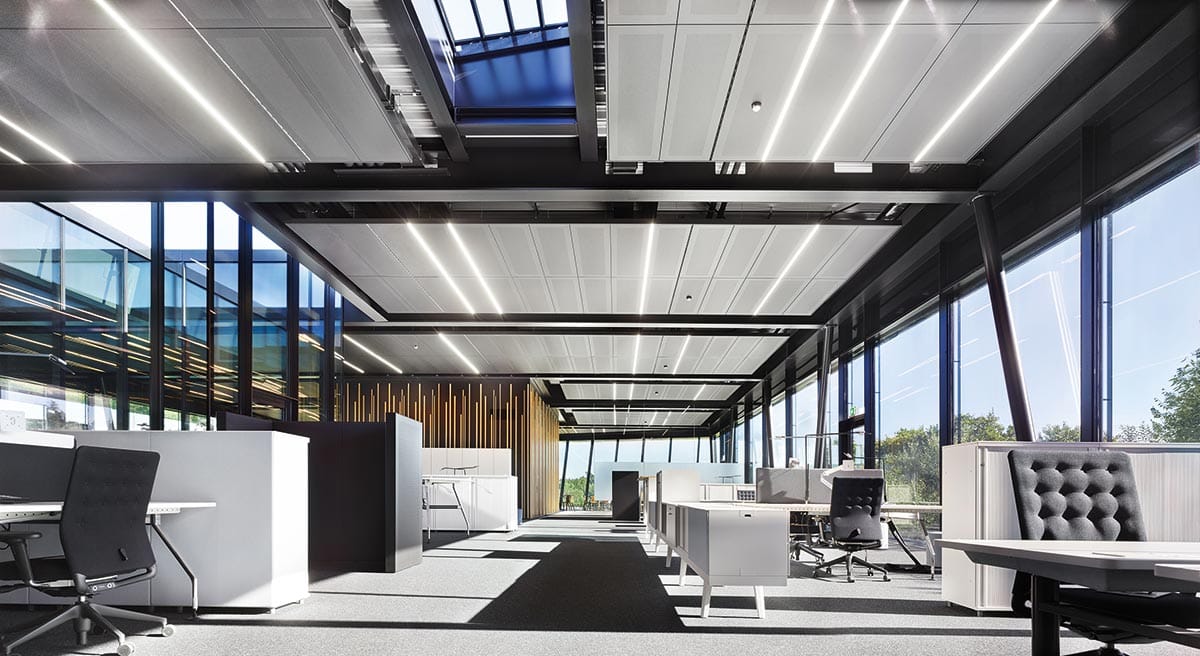
Green building, open-plan office, clean desk: while these buzzwords for the modern workplace wouldn’t be out of place at a hip marketing agency in Hamburg, you might be surprised to find them deep in the Black Forest, where the glasses manufacturer Lunor is approaching work with a fresh and progressive attitude.
You’ve probably never heard of Bad Liebenzell, a gorgeous spa town in the northern Black Forest. In the café next to the promenade, the pensioners enjoy their Black Forest cake and coffee. If you want to leave the town, your car will have to make the grueling ascent up a mountain that would leave even the likes of Reinhold Messner panting. The dense firs to the left and right of the road block out much of the sunlight and tower over the traffic below, almost disapproving of the road paved through the middle of their territory. A few minutes down the road, you’ll reach a rural industrial area clearly visible from your vehicle. Just across from this is a conservation area consisting of a verdant plateau, the edge of which is lined with more of those stubborn Black Forest firs. This is where Lunor has its headquarters.
The futuristic building looks somewhat at odds with quaint Black Forest landscape that surrounds it. And indeed, while the outside scenery may give the impression of being untouched by time, inside, time has been flying for Ulrich and Michael Fux, the father–son duo at the helm of Lunor AG. Especially since 2014: with revenue doubling in just three years, the company was practically bursting at the seams. “With the enormous growth spurt in our old facilities, everything seemed to be piling up—all of the merchandise, the packaging, even the employees,” Michael recalls. “It was clear then that we had to move to our own building that we could adapt to our company’s needs.” Just as clear was the intention of building company headquarters that are as environmentally friendly and self-sufficient as possible. Perhaps this had something to do with Ulrich’s years of work with an environmental protection organization, or perhaps they were heeding the warnings of the Black Forest firs to exercise caution. Whatever the reason may be, one thing is certain: a lot of self-reflection and brainpower went into the project during the year-long planning phase.
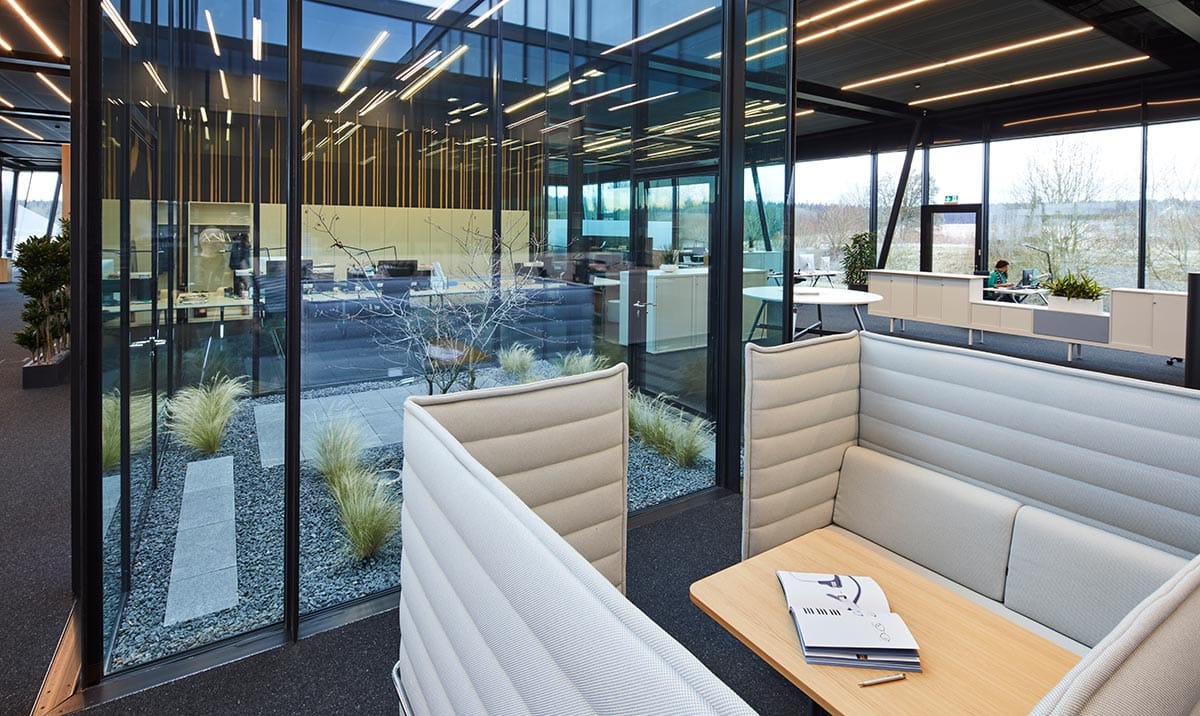
The designers looked at what they already had in addition to what they wanted to have in the new building. For example, the old space was located on the second floor of an office complex, meaning that, for 12 long years, all of the merchandise needed to be carried upstairs and then back down. That gets exhausting! “The idea of planning a single-story building was born out of not wanting to keep schlepping those boxes up the stairs.” Michael’s vision became a reality. Even with just one floor, the Lunor building leaves quite a big impression. Between four and six meters tall with an all-round glass facade that is crowned with black cladding, it’s far from some run-of-the-mill building, and was never intended to be one. The openness and transparency of the headquarters reflect the mindset of the entrepreneurs. “These things are all part of a process,” explains Ulrich, commenting on the major interior changes. “We had initially envisioned normal office spaces inside the building, but then, in the planning phase, we analyzed our habits and processes. At a workshop with Vitra, our interior designer, we started eliminating more and more walls and eventually ended up with a barrier-free, open-plan concept.”
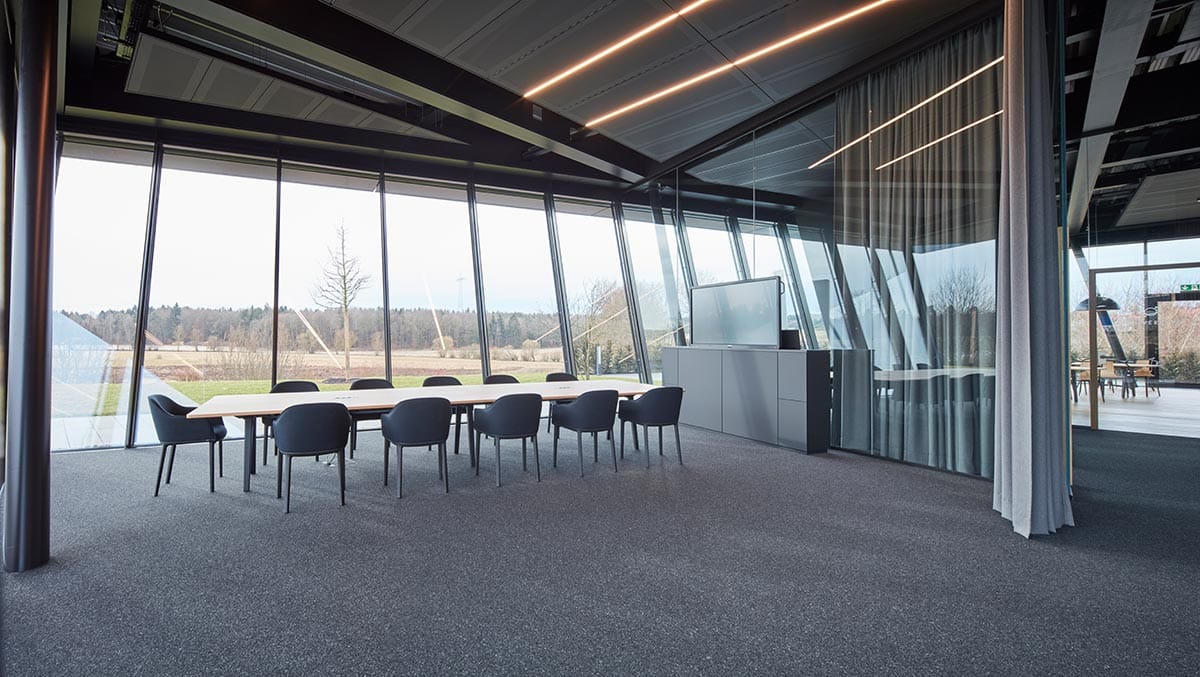
But you’d be mistaken in thinking that this floor plan fosters chaos and confusion; inside the building it is absolutely calm, with the exception of the occasional telephone ring. The ripples from the pond in front of the building are reflected on the ceiling of the conference room, evoking fond memories of that last summer vacation. Those seeking wastebaskets and printers need not look far; these are placed in central locations so that employees can keep their desks clean and get up and walk around. Couches are scattered throughout the building as little places of retreat. “Our employees are free to take their laptops and find a cozy place to work,” explains Ulrich Fux.
As modern and comfortable as the building may be, its true strength is—as is so often the case—concealed behind the walls (and on the roof). “Our goal is for the building to eventually be completely self-sufficient,” says Ulrich. “We’re already well on our way to being self-sufficient today—the technology just needs to keep up,” Michael adds. The entire roof, for example, has been fitted with solar panels facing the east and west in order to absorb solar energy as consistently as possible throughout the day. The electricity generated is stored in batteries for one night at most. This is enough energy to supply the entire company—from the computers down to the microwave. To heat the building in the winter and air-condition it in the summer, geothermal boreholes have been drilled. The temperature is then regulated via concrete core activation and ceiling climate control. To keep the desired temperature inside and disruptive noises outside the building, the giant glass elements are triple-glazed. This explains why it’s so peaceful here. Those who have the pleasure of experiencing the building for themselves get the feeling that a visit to Lunor is like a visit to the future. There are three electric cars in the parking lot and a charging station on site to provide a jolt of renewable energy. Lunor employees are welcome to use this charging station because, as Ulrich sees it, more and more of them will be driving their electric cars to work in the future.
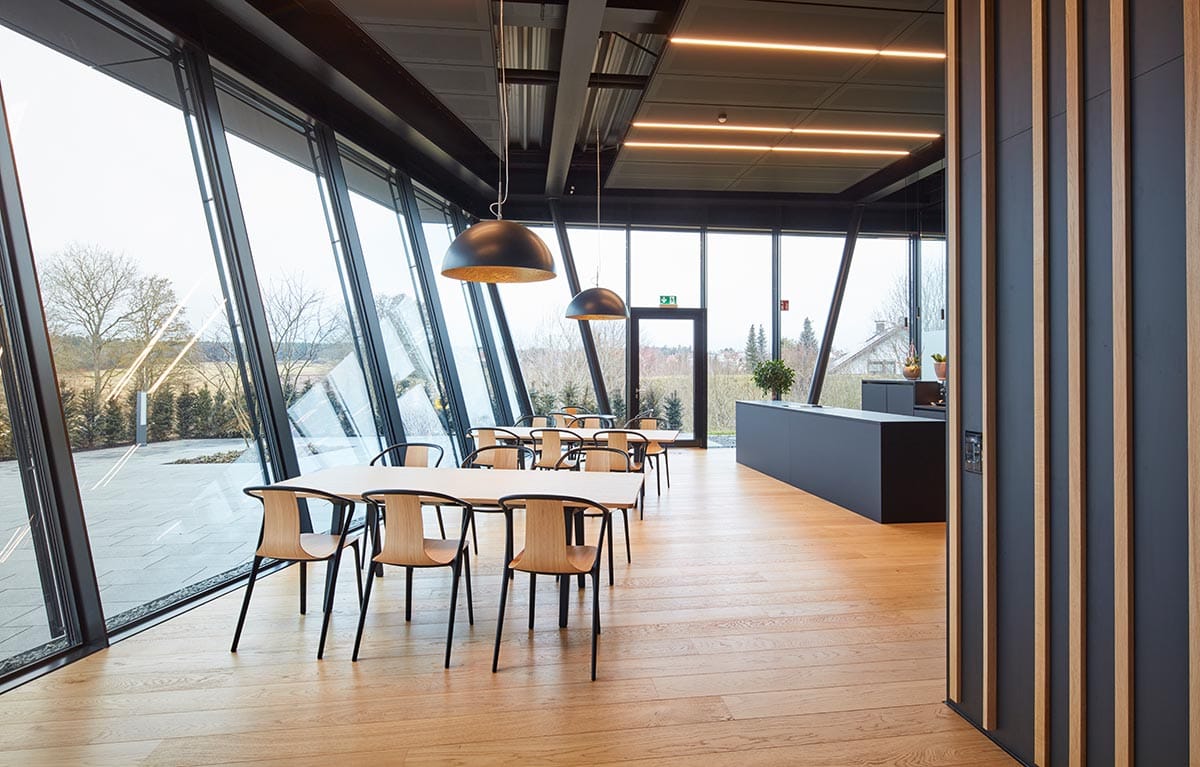
If you ask Michael what his favorite place in the new building is, he is quick to respond: the cafeteria. And not just because he likes to take breaks. No, it’s more an act of rebellion against the architect’s original plan to adapt the cafeteria to the aesthetics of the rest of the building. “We had something else in mind. We wanted a separate room with a different floor, a different atmosphere altogether. Lunch breaks should be an opportunity for our employees to leave the working environment and clear their heads. We believe that this is much more important for re-energizing.” And he’s right. Walking into the cafeteria is like walking into the living room of a large family: the shipping employee is cooking her noodles on the stove, the marketing director is refilling his carafe with sparkling water from the faucet, and the rest of the team is sitting at the long table, talking about the pasta from their favorite Italian delivery service. Adjoining the cafeteria is a large terrace overlooking the conservation area. When it’s completely silent, you can hear the water bubbling in the pond—which is supplied by the company’s own sustainable cistern, of course.
Even if Bad Liebenzell may seem like a sleepy old town at first glance, Lunor has broken the mold—it’s equipped for the future and already ahead of its time.

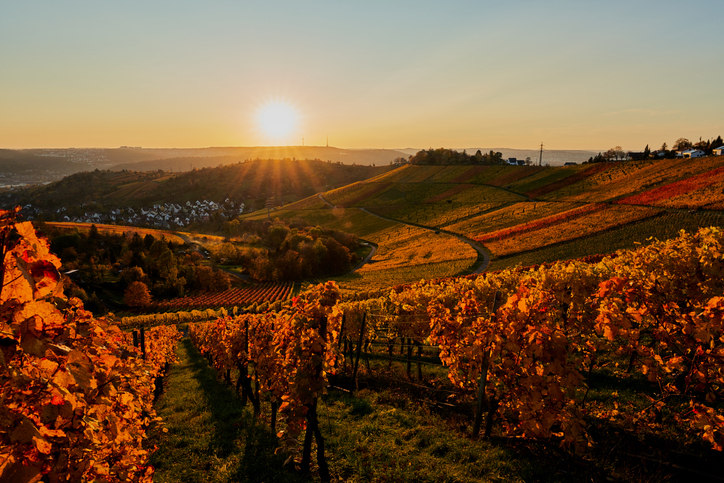
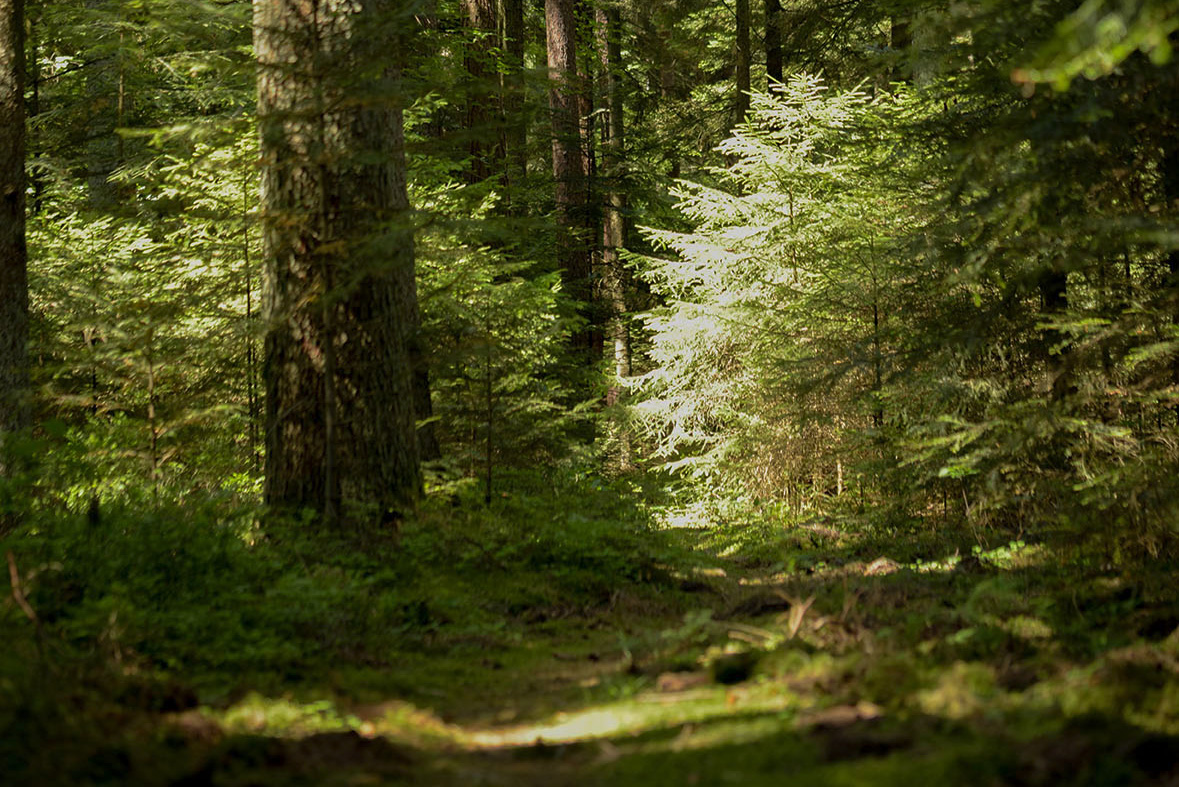

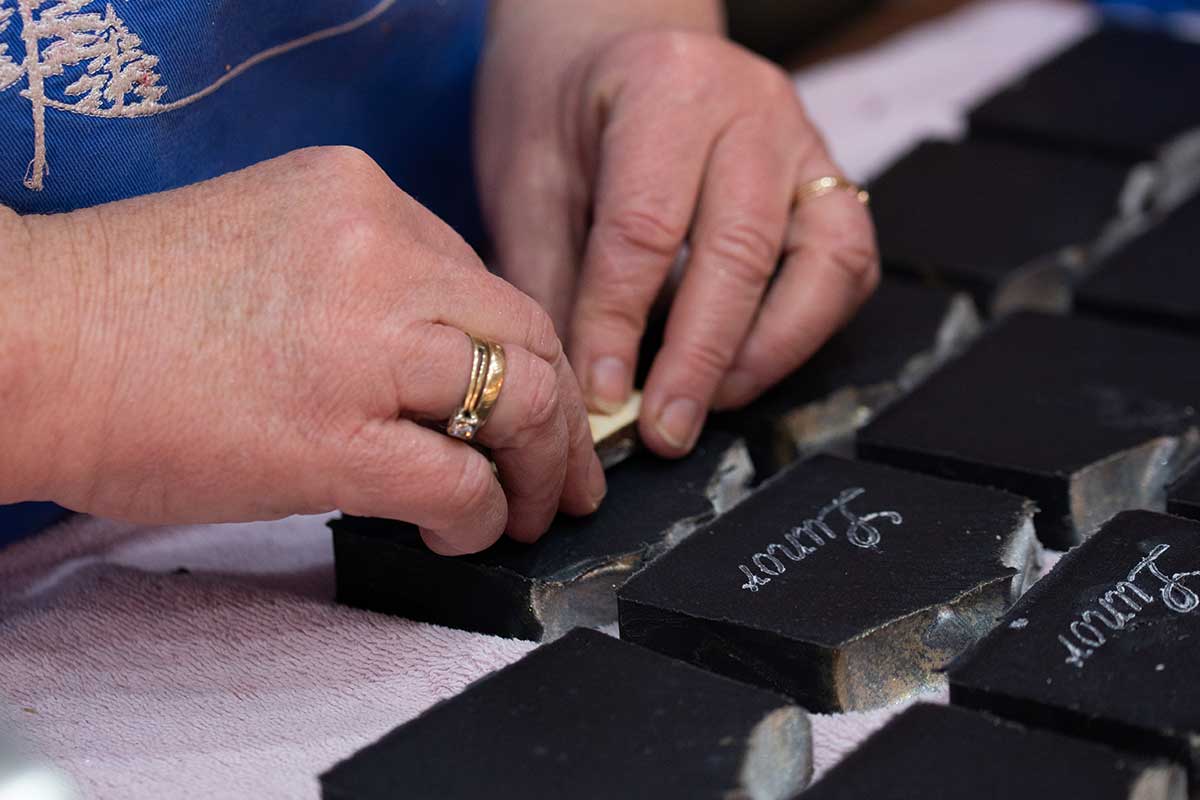
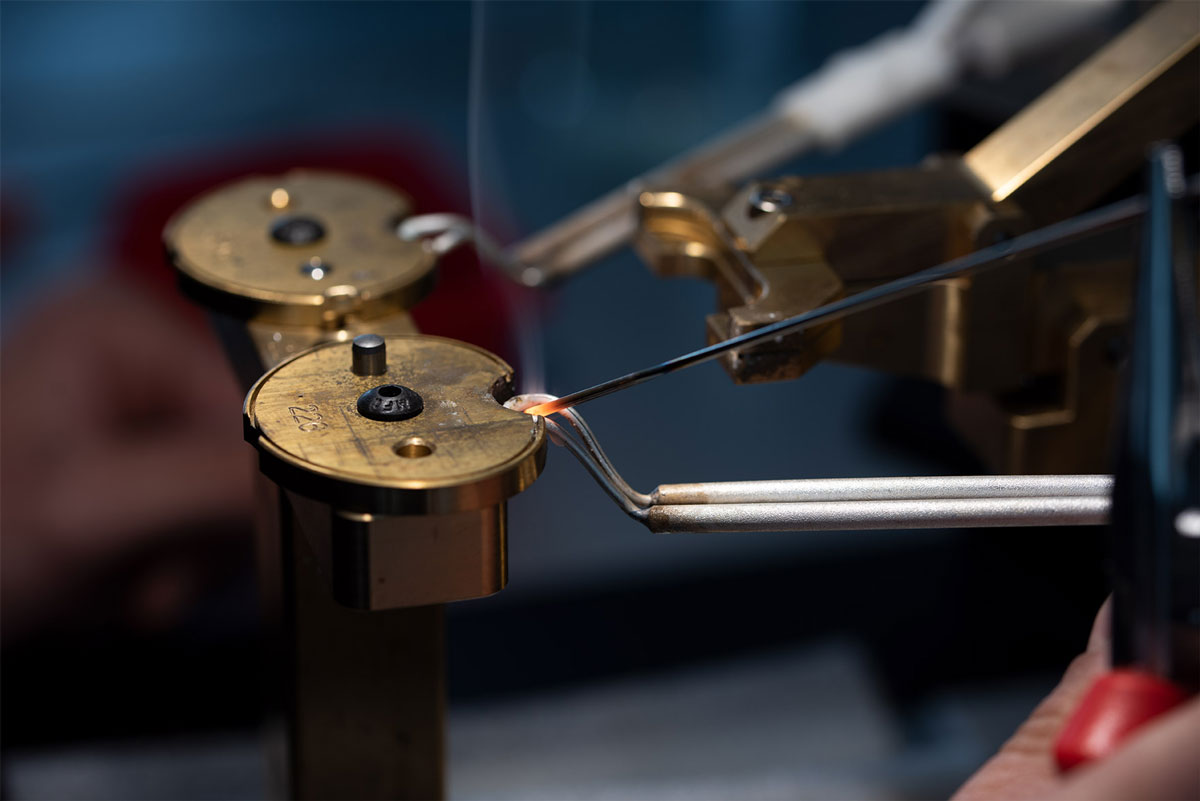
STUNNING PLACE OF WORK